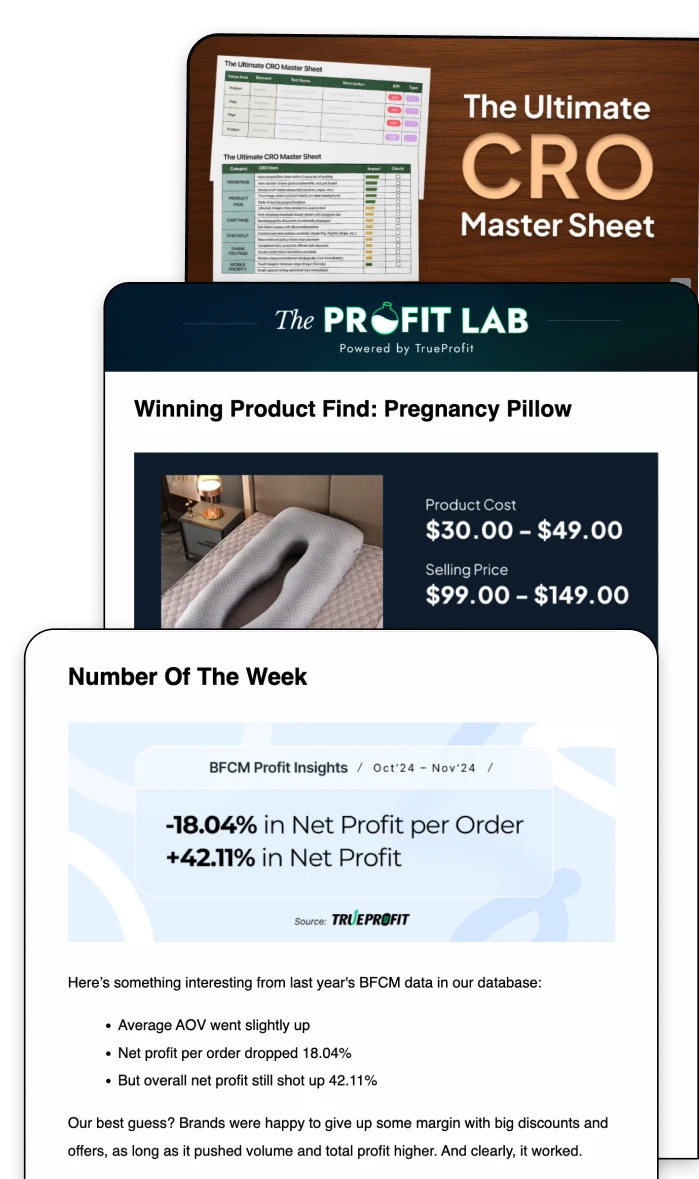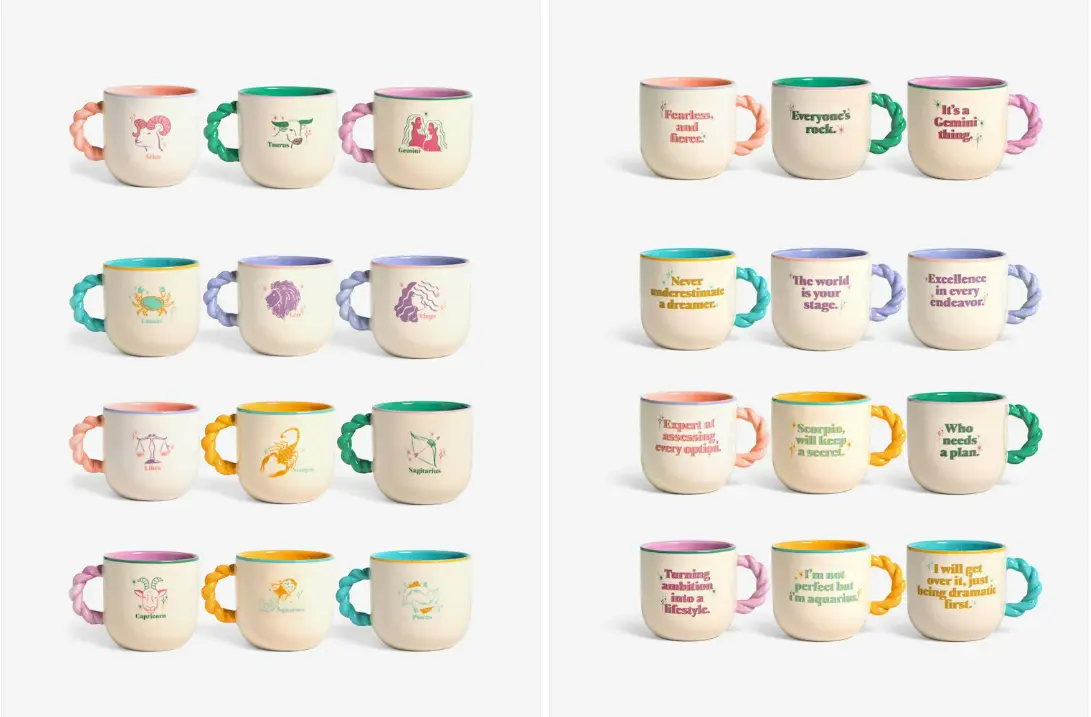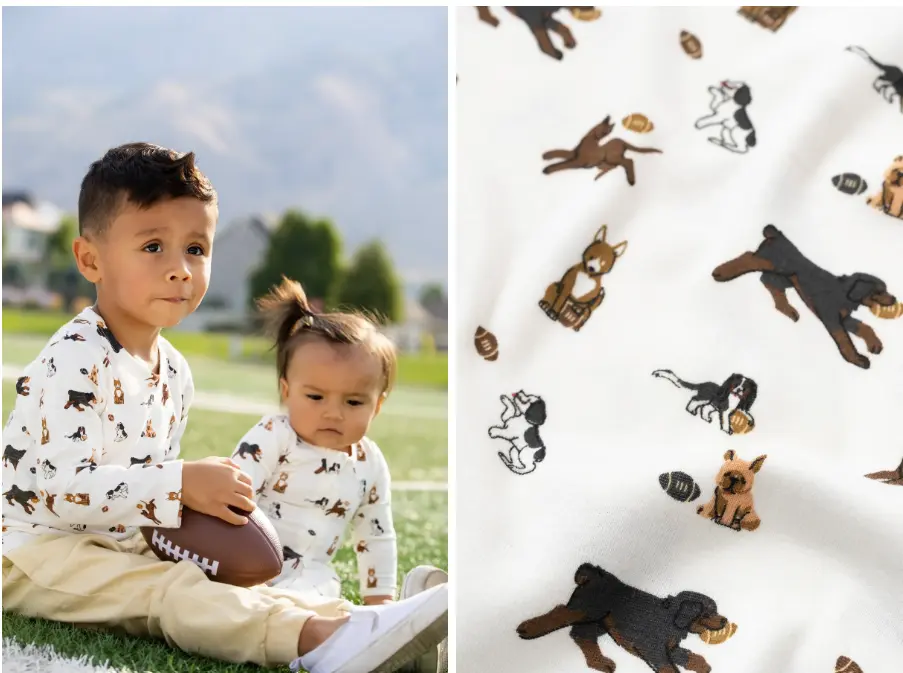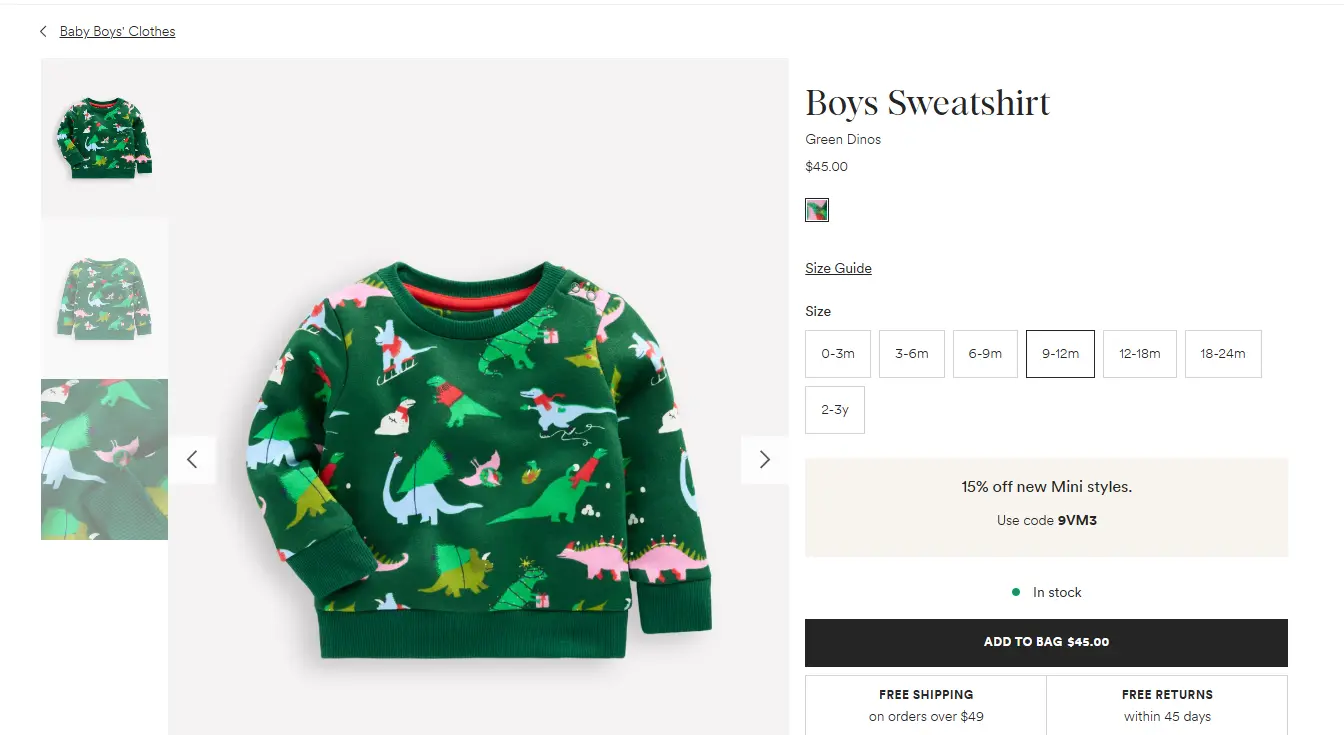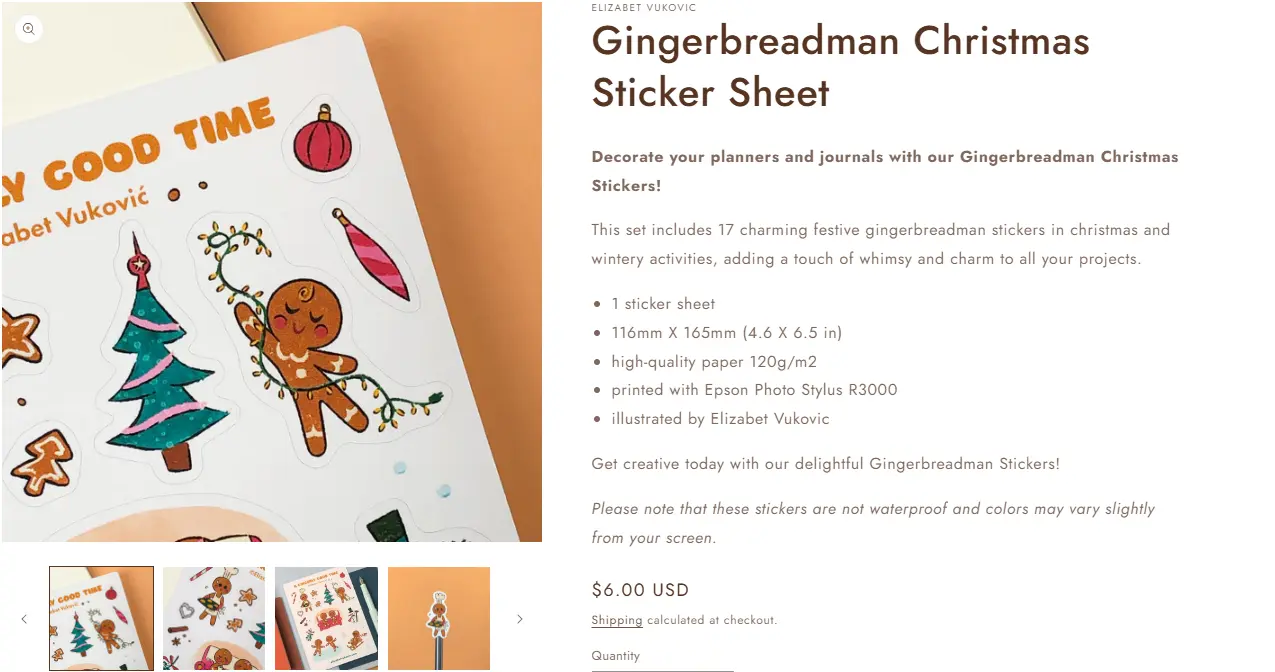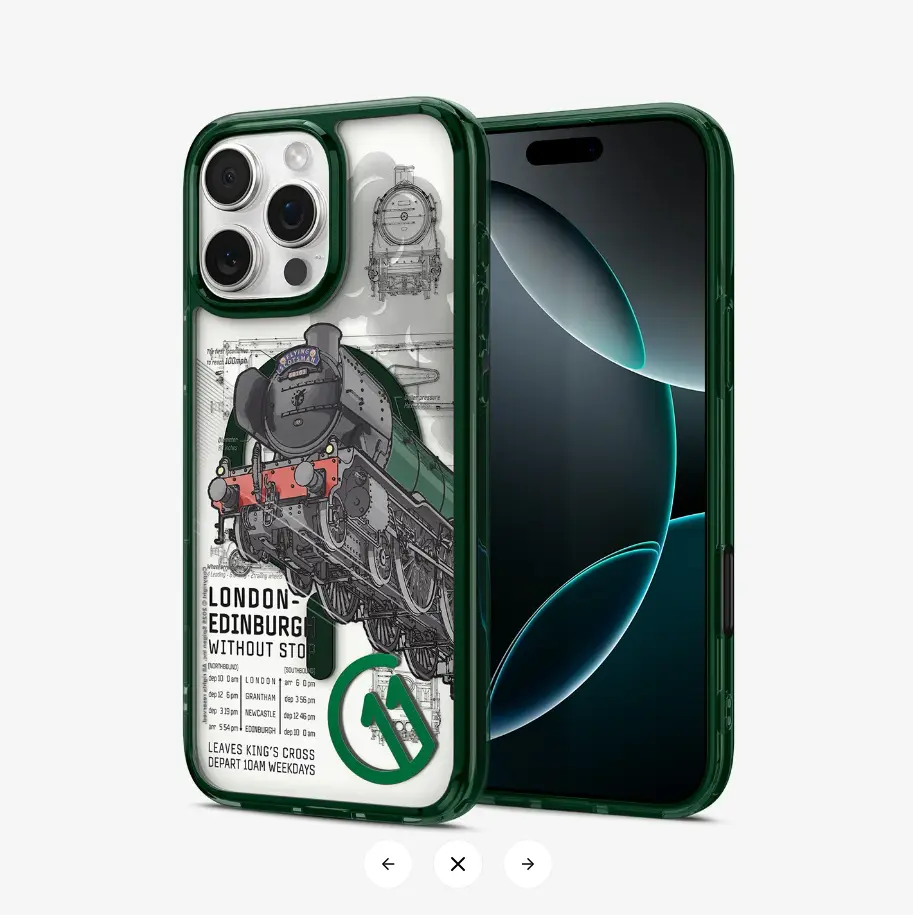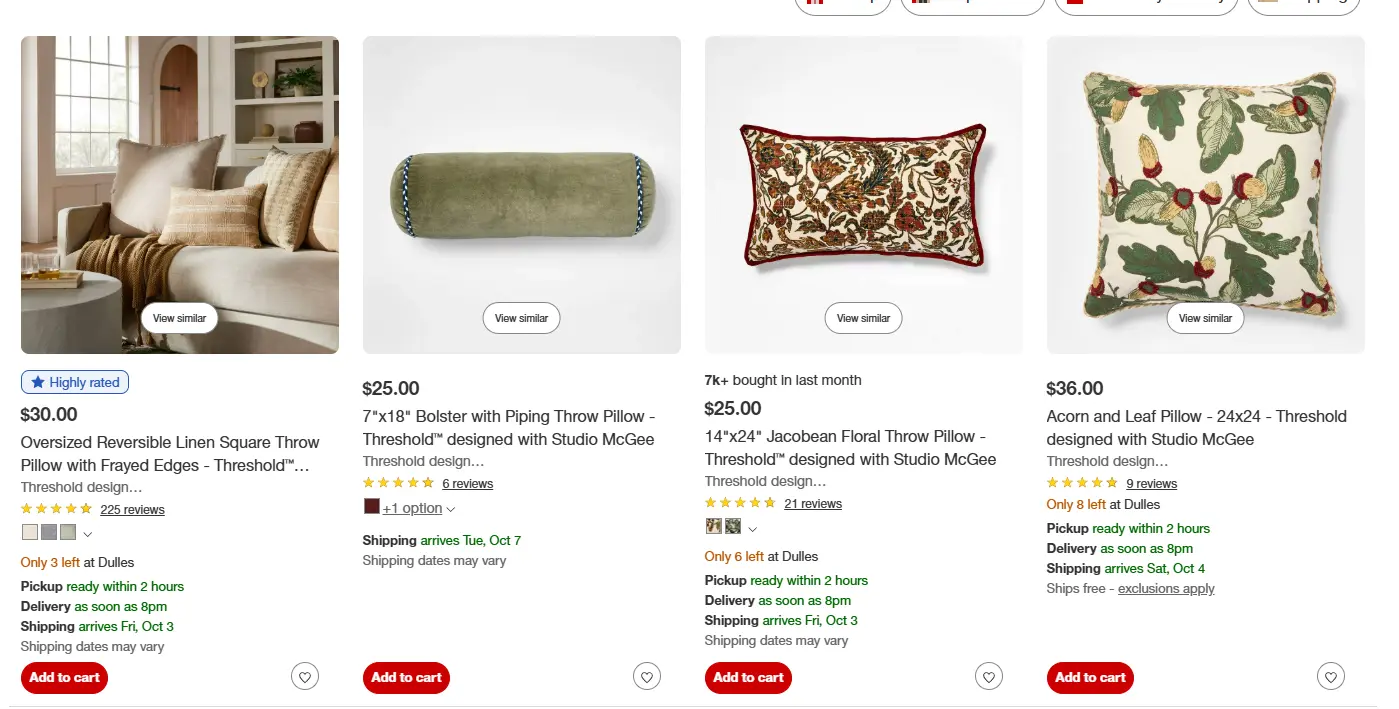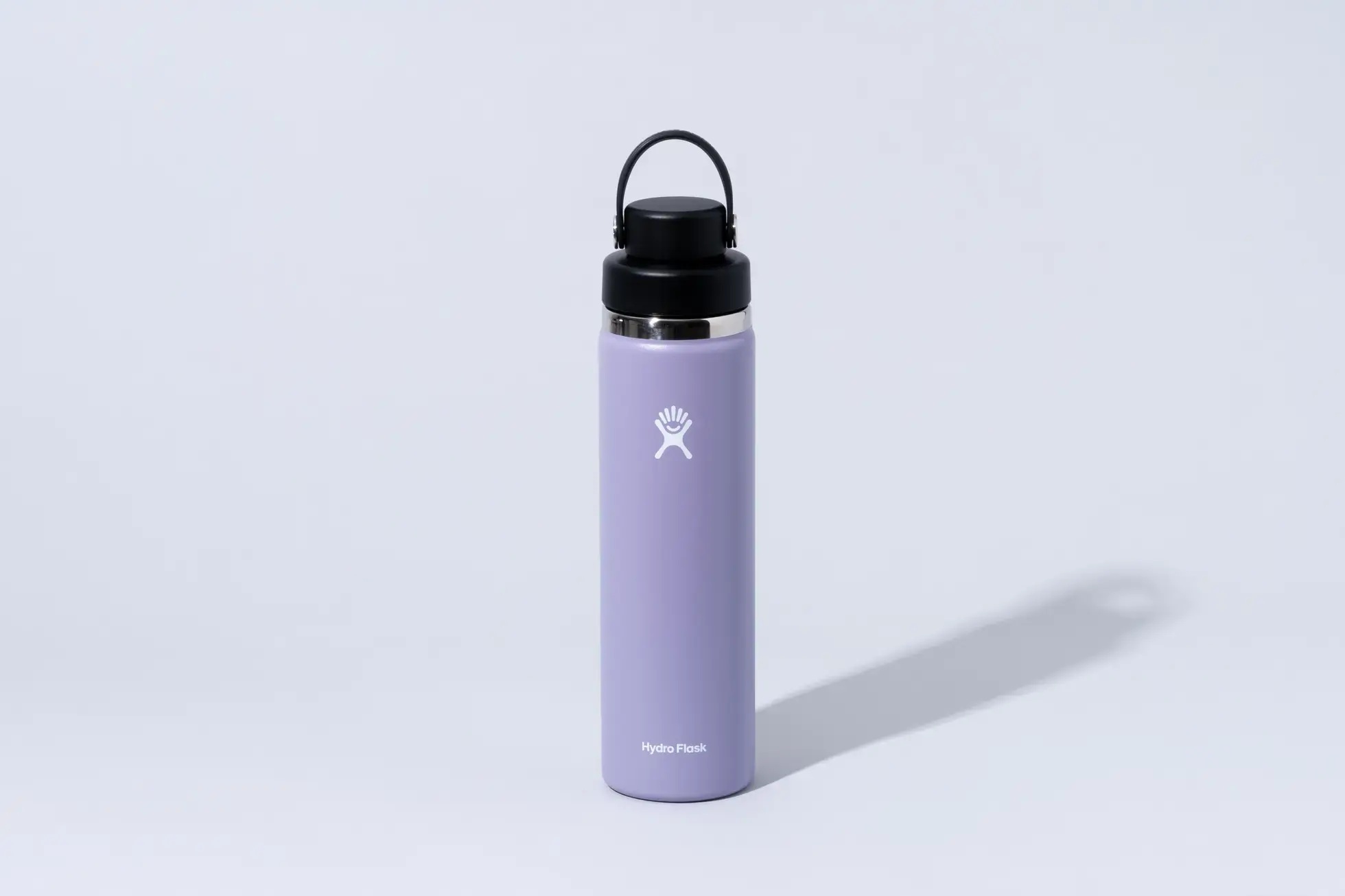The 10 Most Profitable Print on Demand Products in 2025
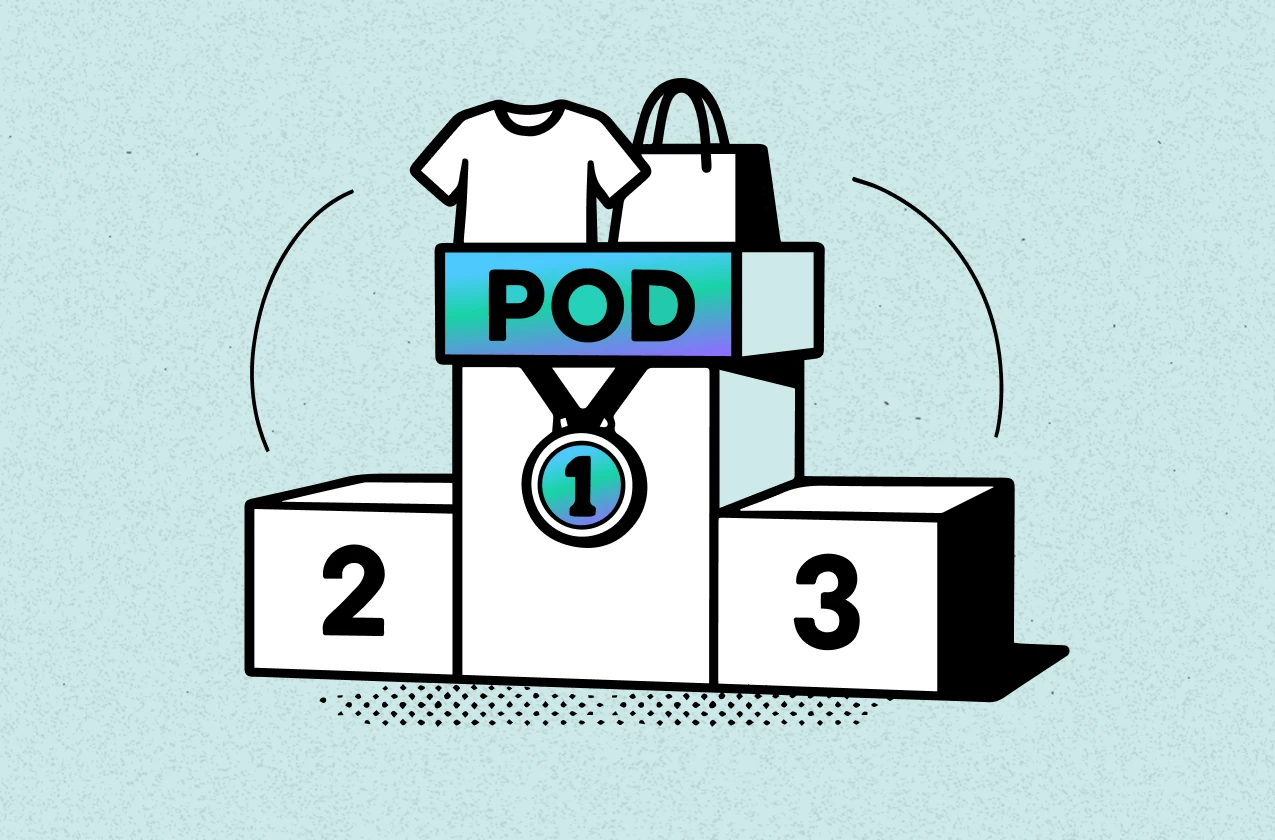
Print-on-demand (POD) is one of the profitable markets in eCommerce. It lets you sell custom products without holding inventory or managing shipping. In 2025, the POD market continues to evolve, with new trends shaping what sells best.
Below, we’ll dive into the top 10 most profitable print-on-demand products this year, plus strategies to make them stand out, track performance, and scale profitably.
Quick Recap:
Top 10 Best-Selling Print on Demand Products
Here are the best POD products in 2025—ranked for demand, profitability, and trend potential.
1. Mugs
Mugs remain one of the top-selling POD items worldwide. Their popularity spikes around holidays, birthdays, and events, but they also sell consistently year-round because they’re both functional and giftable.
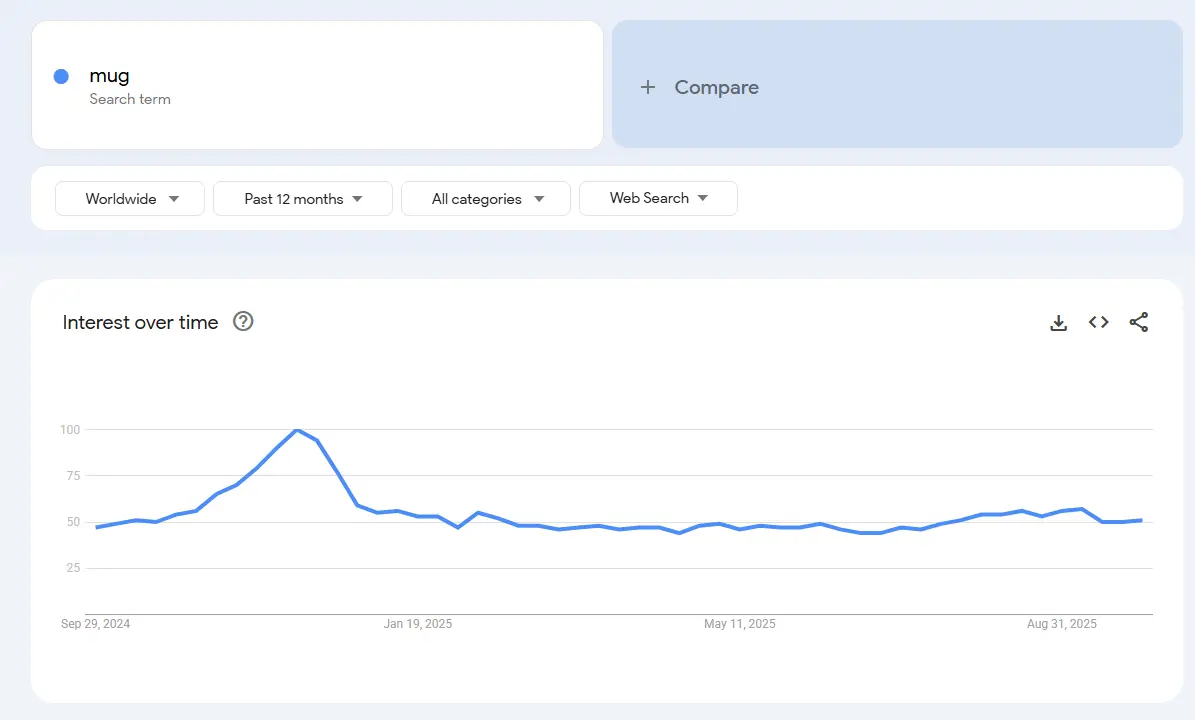
According to Etsy and Shopify trends, personalized mugs—especially those with quotes, humor, or minimalistic designs—are among the most searched items in the homeware category.
On average, blank mugs from suppliers like Printify or Printful cost around $4–$7 per unit depending on size and material. Sellers typically price them at $12–$20, which means an estimated profit margin of 40–60% per sale. If you target niche audiences or offer premium designs (such as personalized names, holiday editions, or limited collections), you can push margins even higher.

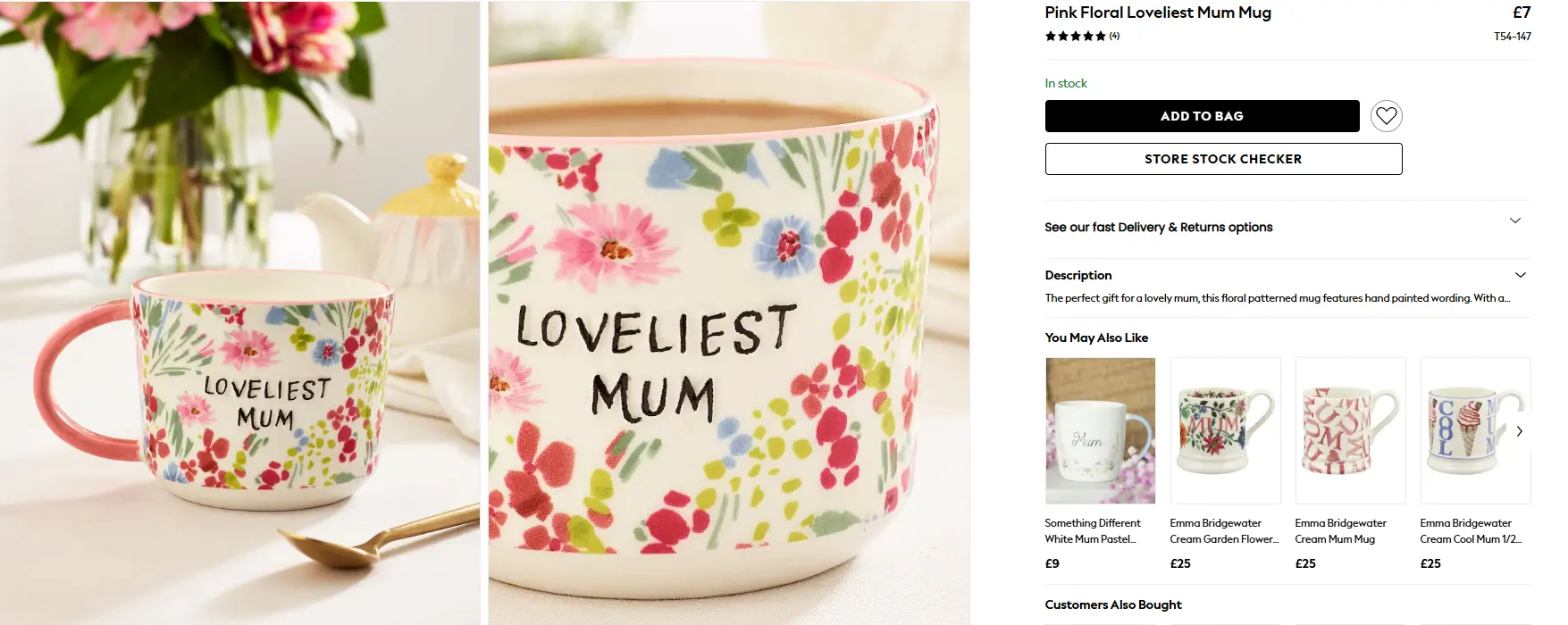
2. Tote Bags
Tote bags are flat, wide-surface products—perfect for artwork, quotes, or patterns. Year-round demand also makes tote bags a reliable POD product, with sales surges during back-to-school, holiday seasons, summer vacations, and eco-focused events like Earth Day.

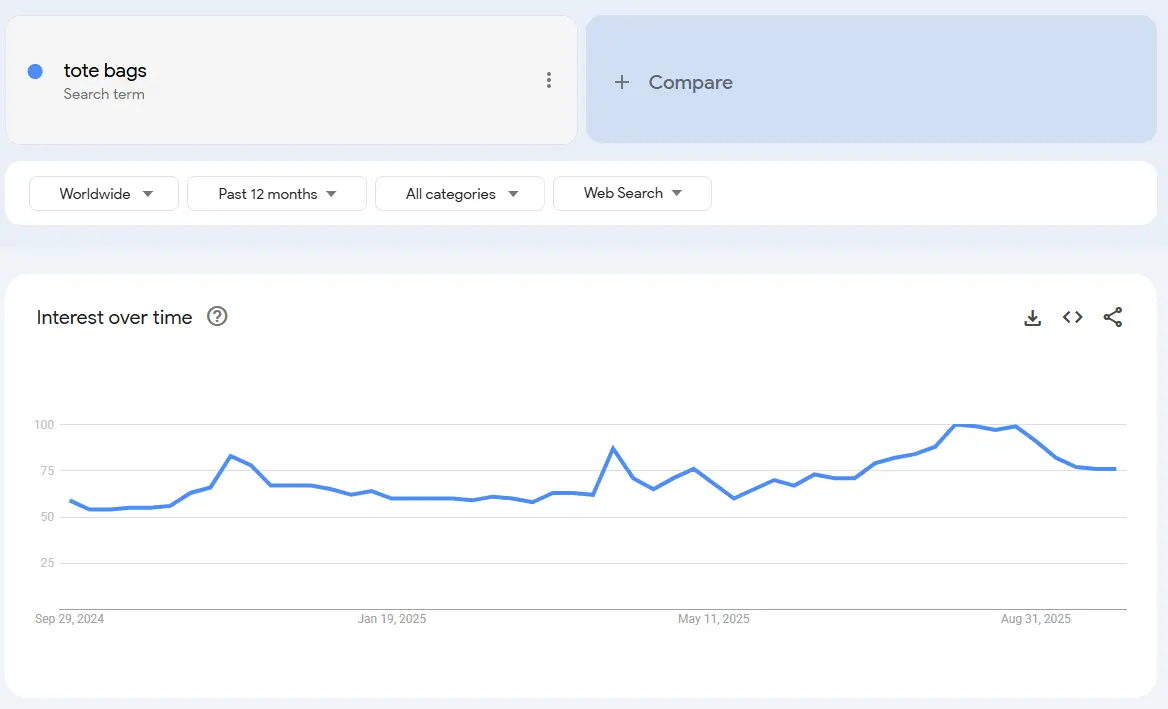
Many consumers now see tote bags as both a necessity and a lifestyle piece, making it perfect as upsell or cross-sell adds-on products alongside clothing or lifestyle items in your store.

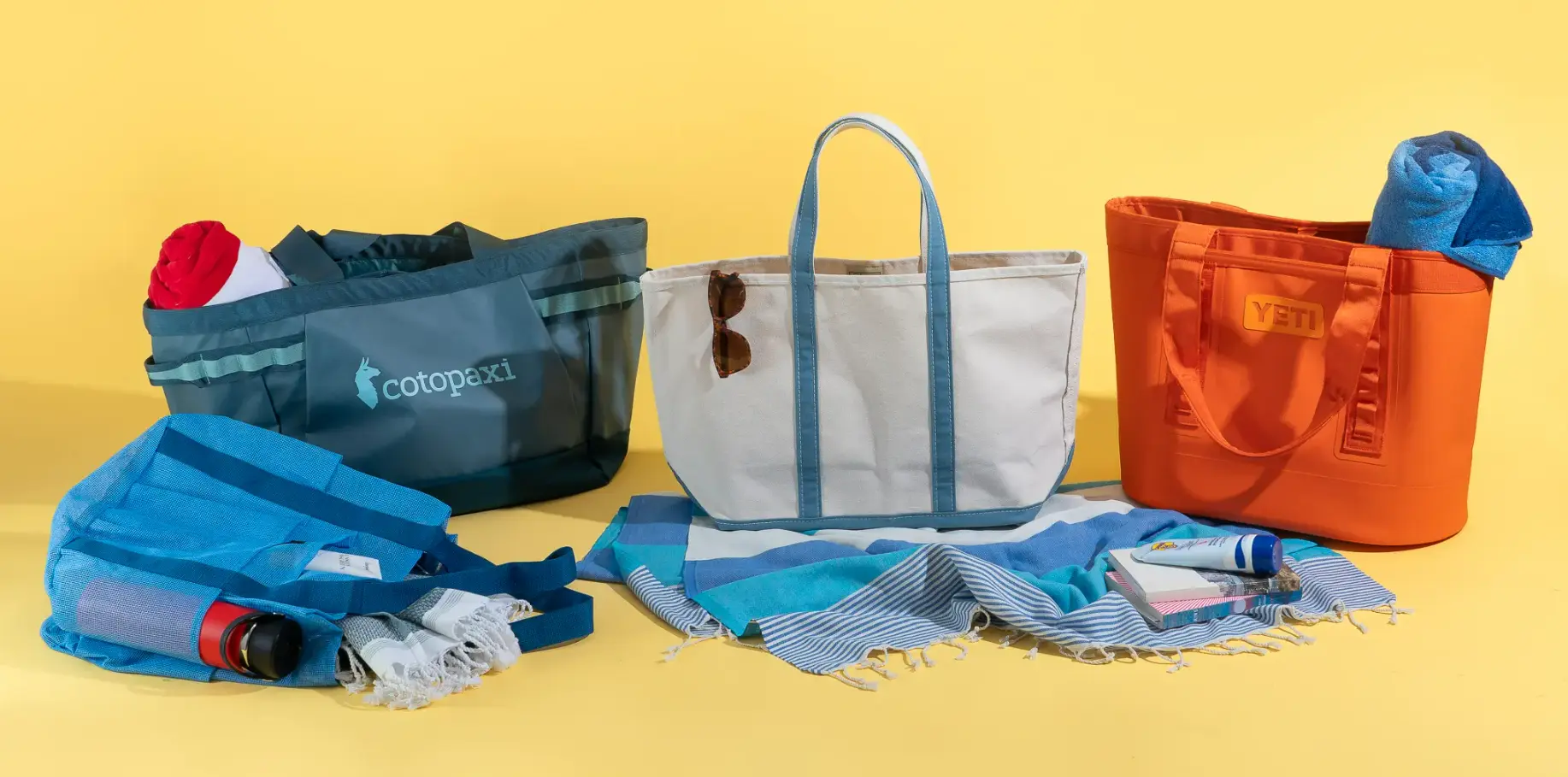
FOn platforms like Printify or Printful, blank tote bags usually cost around $7–$12 depending on material and printing method. Retail prices typically range from $17–$30, giving you an estimated profit margin of 40–55%. Custom designs, premium fabric choices, or limited editions can push the margins even higher.
3. Baby Clothing
Baby clothing in POD typically includes onesies, rompers, t-shirts, bibs, and small accessories that can be personalized or printed with fun designs.

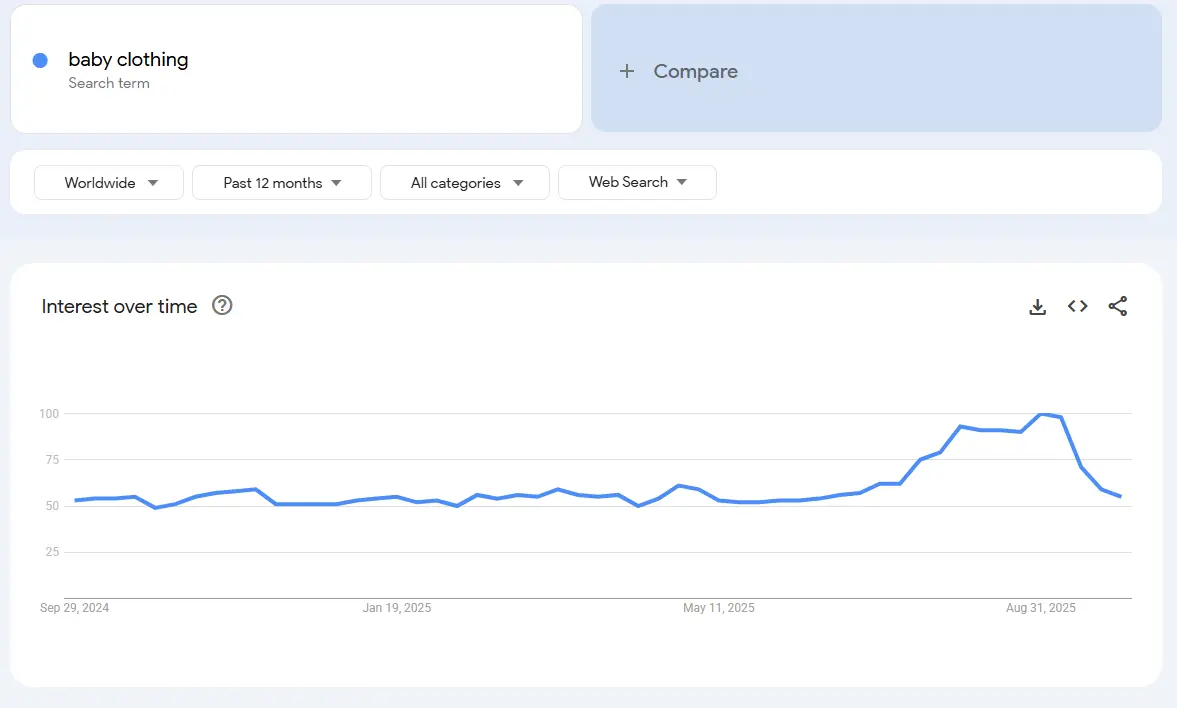
One key factor that makes baby clothing an especially attractive POD product is its high repeat purchase rate—babies grow quickly, so parents constantly buy new sizes and outfits. Not even to say that it has demand peaks around holidays, baby showers, birthdays, and seasonal events, but the base demand never drops.
Blank baby apparel typically costs $6–$12 per piece, depending on material and style. Retail prices usually range from $20–$40, which results in an estimated profit margin of 55–70% per item.
4. T-Shirts
T-shirts are always in demand because people wear them in all seasons and for a wide variety of occasions. It also means the market is highly competitive year-round.

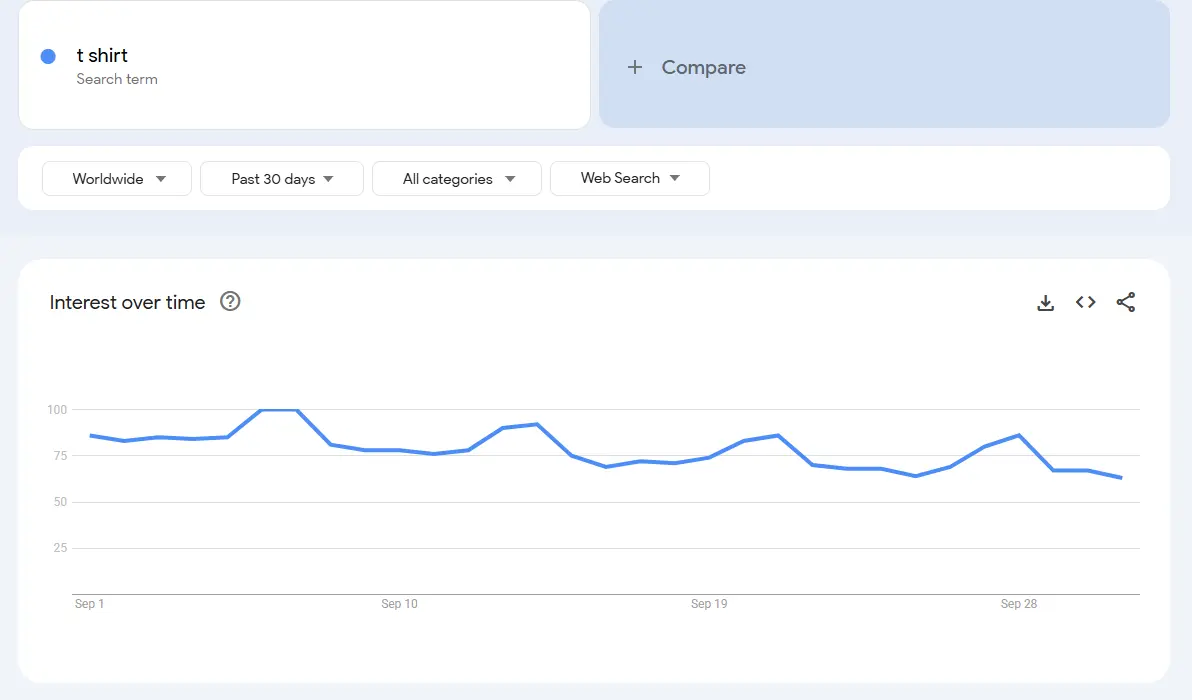
That said, because design is what sells in POD, even a simple t-shirt yet unique graphic can perform well if it resonates with the right audience. The t-shirt’s large printable area allows for bold graphics, intricate patterns, and eye-catching typography. T-shirts can feature slogans, illustrations, pop culture references, or minimalist designs—it’s a key to making your t-shirts stand out.

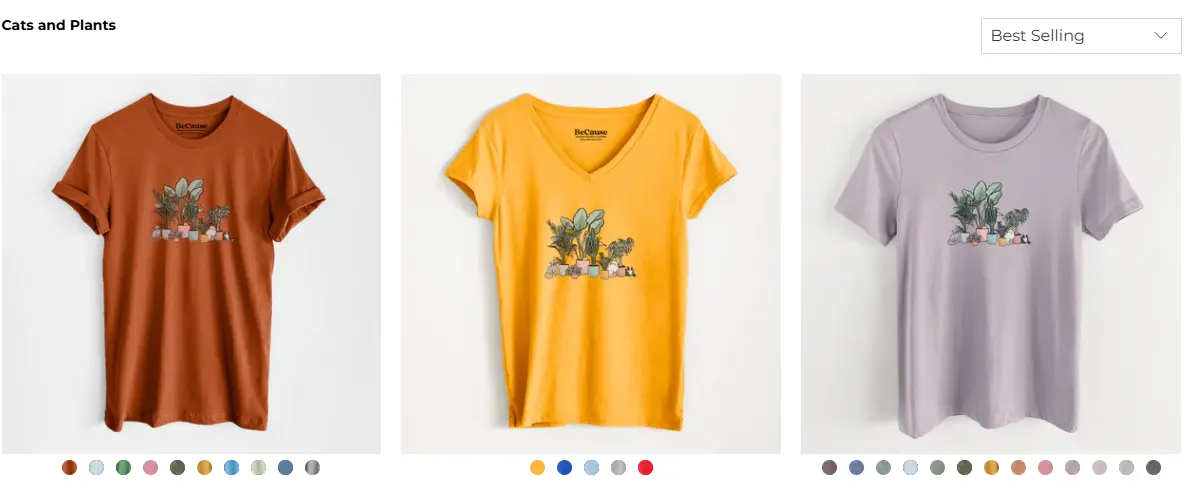
Blank t-shirts generally cost $8–$15 depending on brand, material, and print type. Most sellers price them between $20–$35, giving an estimated profit margin of 35–50% per shirt.

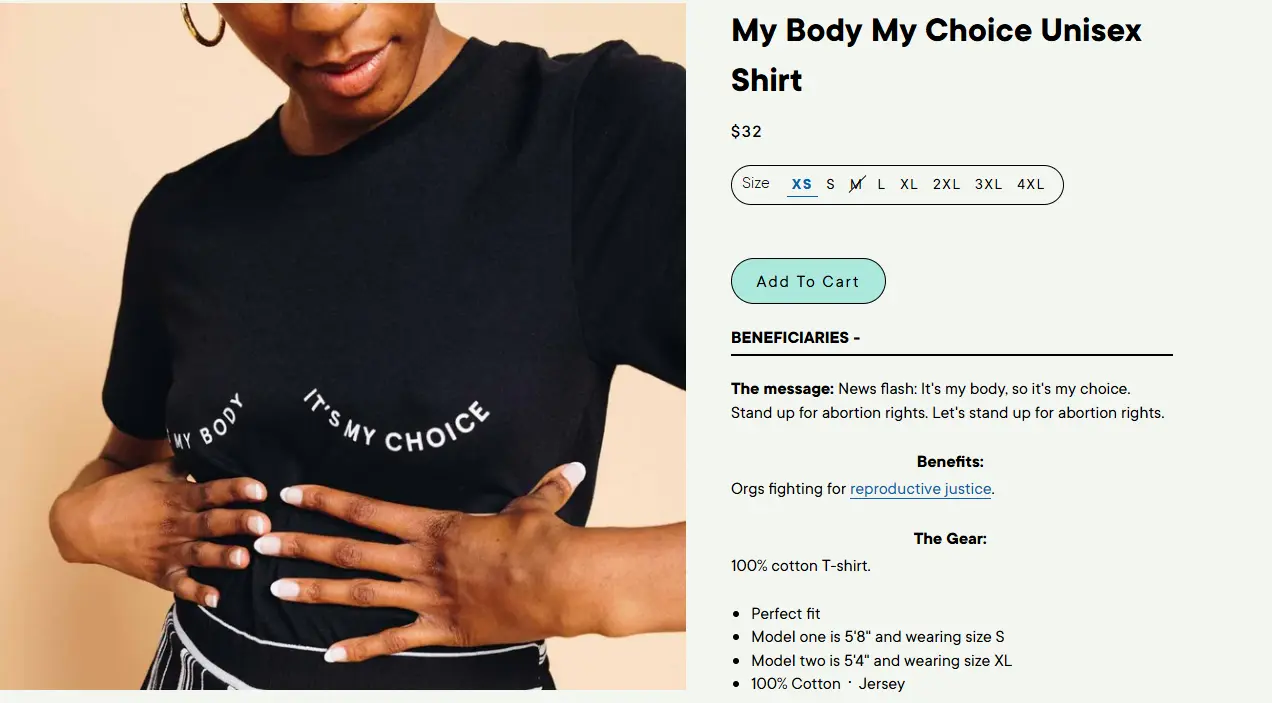
5. Stickers
Stickers sell well year-round because people love to personalize their belongings—laptops, water bottles, notebooks, phone cases, planners, and more—so sellers can expect a high consistent demand over time.


In POD, best-selling stickers often include cute illustrations or characters, inspirational or funny quotes, niche fandom designs (anime, gaming, or pop culture), or minimalist patterns or aesthetic. They’re all easy to design and printing cost is affordable.

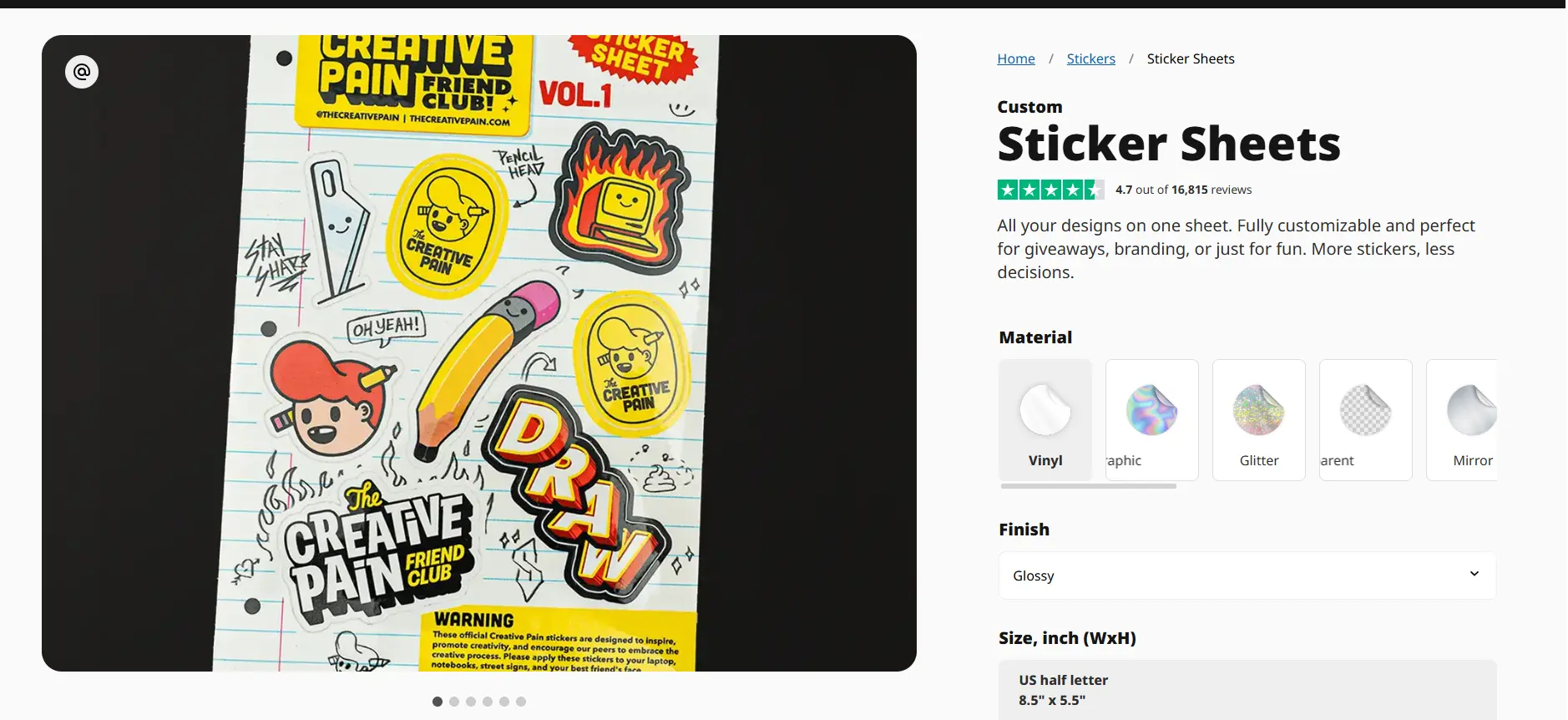
On average, a sticker can generate 50–90% profit margin—higher than many other POD products but it doesn’t signal better profitability. The reason is that stickers are low-ticket items with supplier prices usually $0.30–$2 per piece and selling price is at $3–$5. That said, because they’re low-ticket items, stickers are also ideal for impulse purchases and upsells in your store, helping generate repeat customers and steady revenue.
6. Phone Cases
A phone case is not always a high-return product, yet current trends show that it’s a steady seller year-round because new phone releases and tech upgrades often drive sales spikes as well.

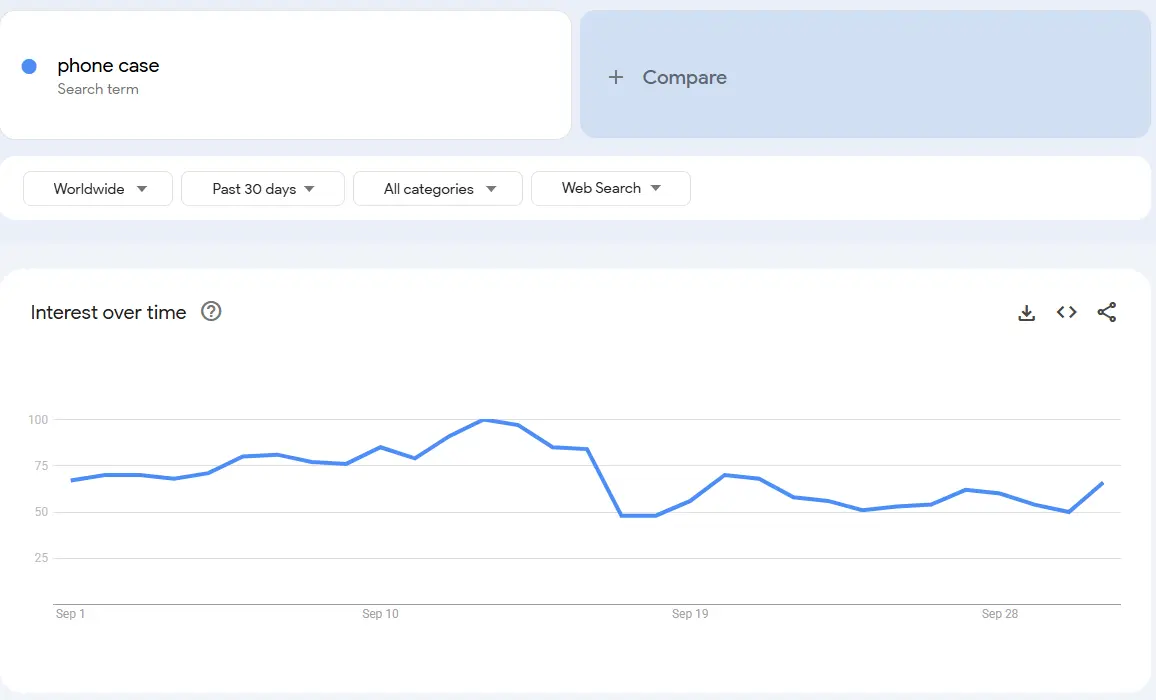
Customers might buy a case simply because it perfectly fits their phone model and the design feels uniquely “them”—something that reflects their personality, hobbies, or sense of style, making designs on POD even more powerful.

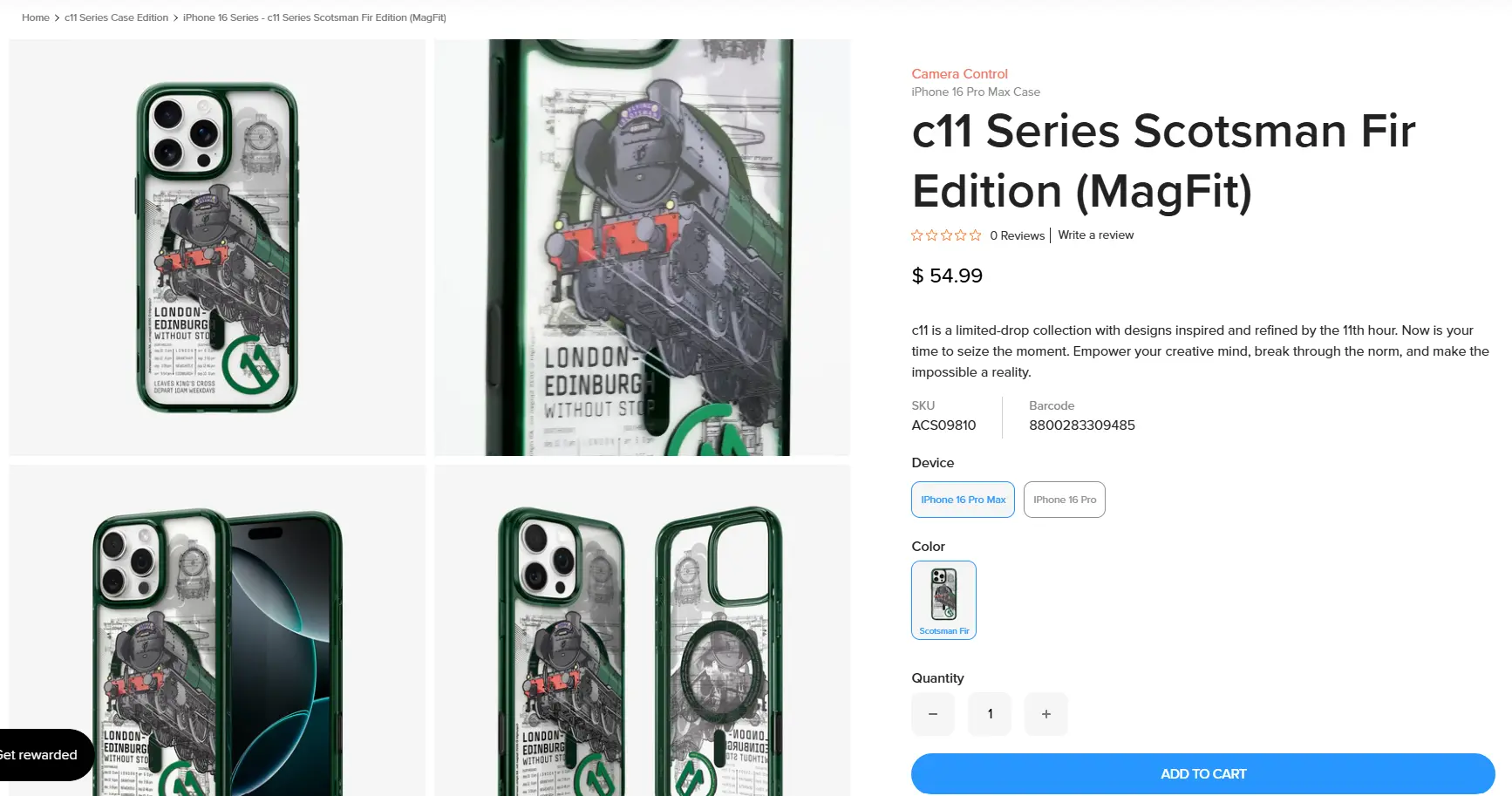
Supplier prices for custom phone cases usually range from $6–$12 depending on the material and phone model. Retail prices fall between $35–$55, giving sellers an estimated profit margin of 55–65%.
7. Cushions
Cushions (and cushion covers) maintain steady demand year-round, especially in the home décor market. They often see peaks during gifting seasons like Valentine’s Day, Christmas, Mother’s Day, and housewarming occasions.

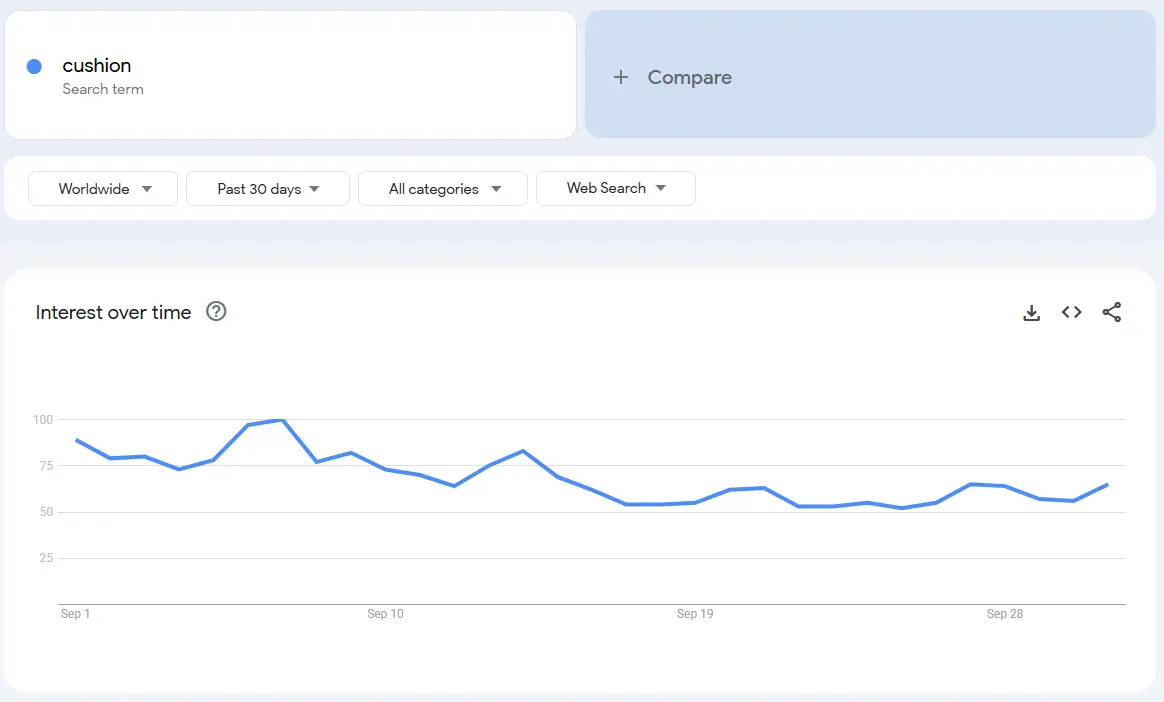
Supplier prices for POD cushions usually range from $8–$15, while retail prices can go from $25–$45, leaving an estimated profit margin of 40–55%. While it’s not a high-repeat-purchase item since customers don’t replace them frequently, sellers totally make up for it by upsells, bundles, or themed collections (e.g., matching sets for living rooms, seasonal décor drops, or personalized gifts).
8. Hats
Hats typically never fall out of demand: baseball caps and trucker hats dominate spring and summer, while beanies and knitted hats spike in the colder months, giving sellers a steady flow of orders throughout the year.

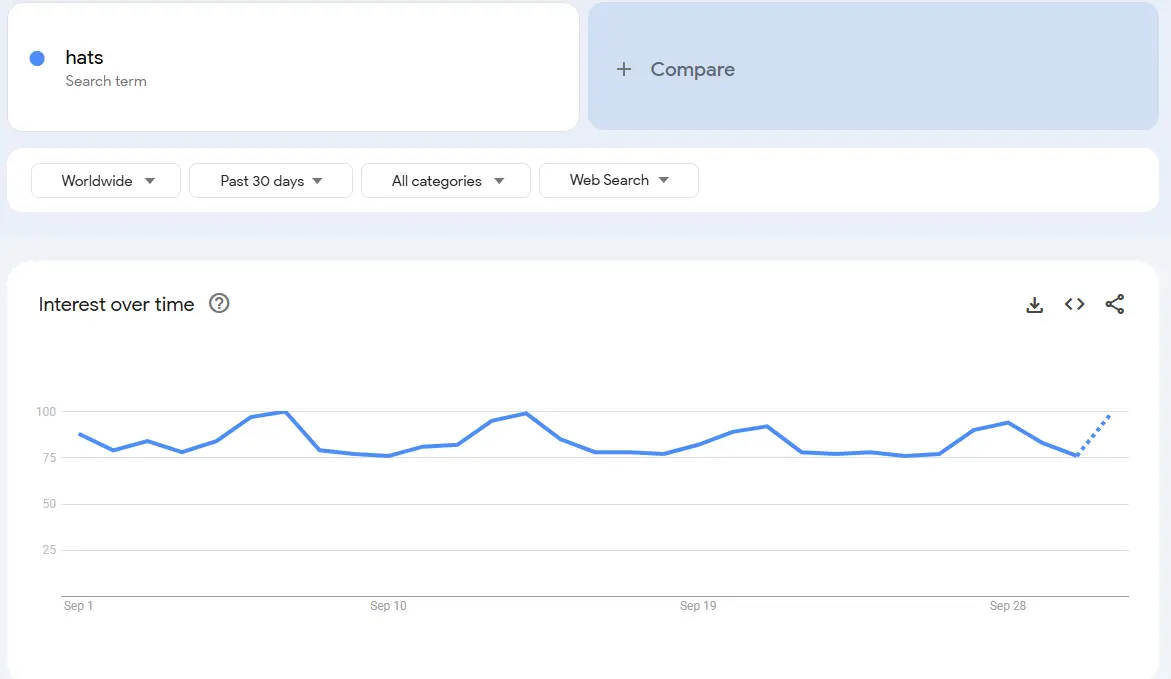
Sellers can add logos, initials, simple illustrations, or typography designs, all of which gives hats a high-quality points that customers are willing to pay more for.

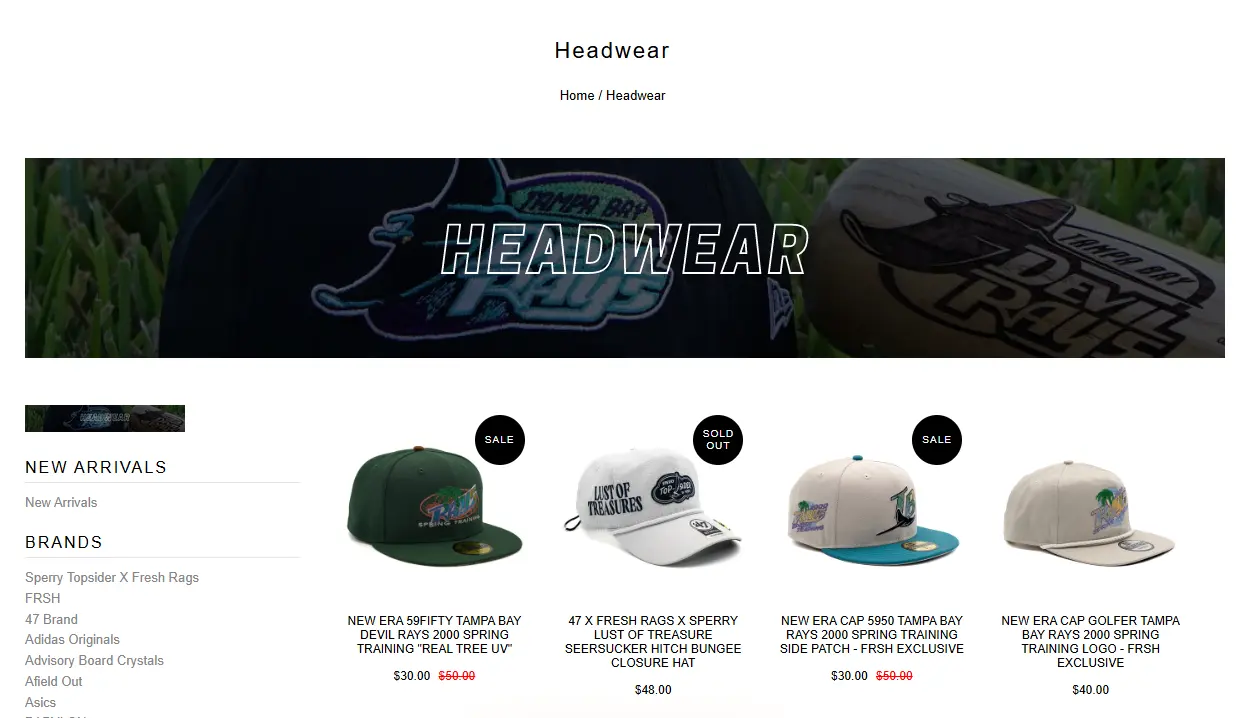
With supplier prices averaging between $7 and $12, and retail prices commonly set at $40 to $60, hats give sellers an estimated profit margin of 55–60%. This makes hats a mid-priced POD item—affordable enough for customers to buy on impulse, but still profitable for sellers.

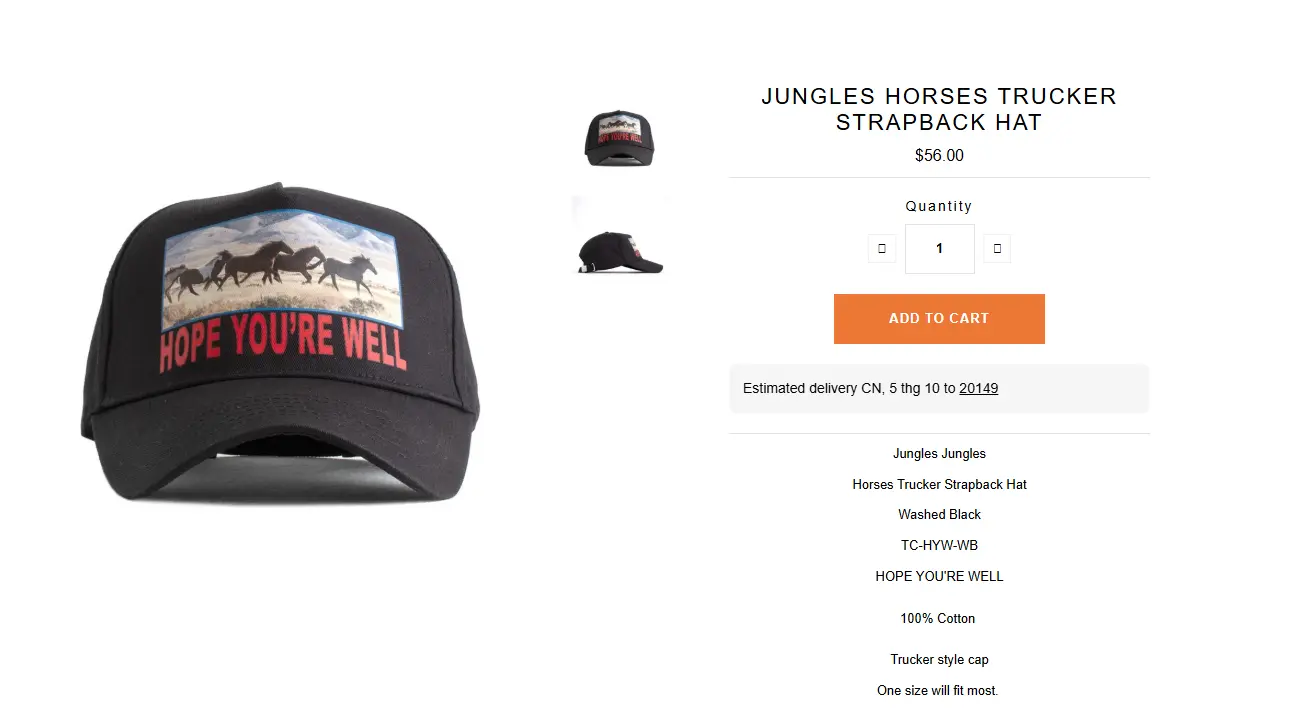
9. Water Bottle
Water bottle is a year-round best-seller, while demand often spikes during back-to-school season, New Year’s fitness resolutions, and holidays, when bottles are also purchased as gifts.

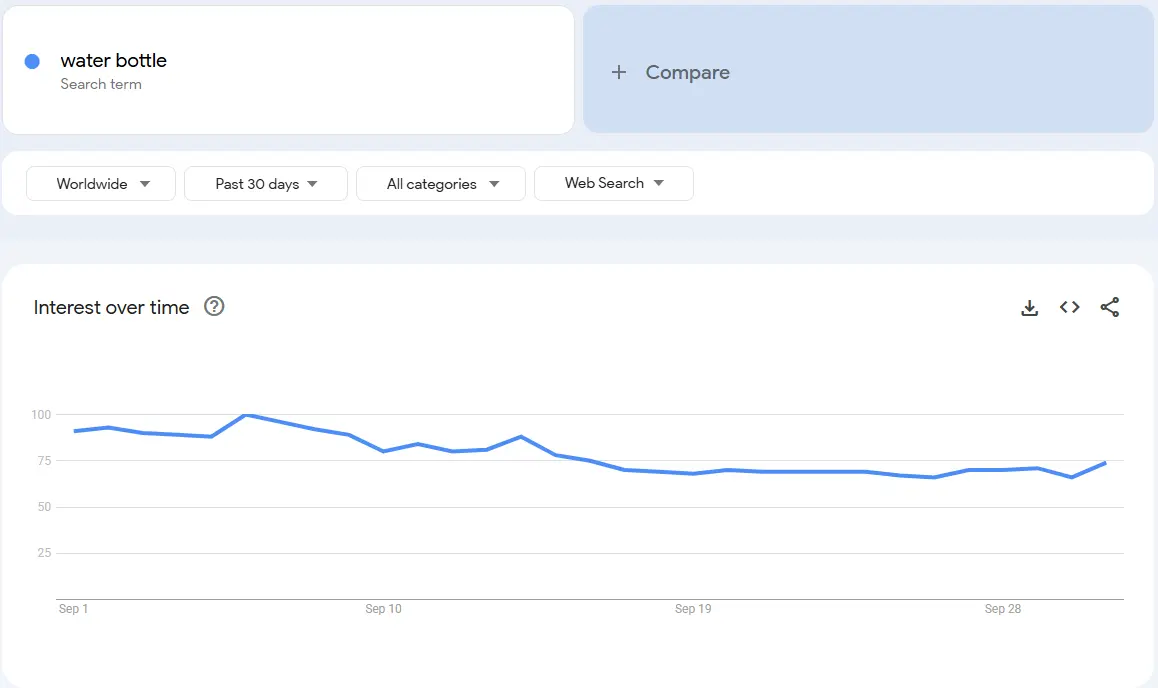
In POD, blank stainless steel or plastic bottles can be printed with your designs—turning a simple everyday item into a personalized accessory that customers proudly carry everywhere.
Supplier prices generally range from $8–$15, with retail prices between $25–$40, offering a 40–55% profit margin. Their premium perception allows sellers to price them higher for unique or customized designs.

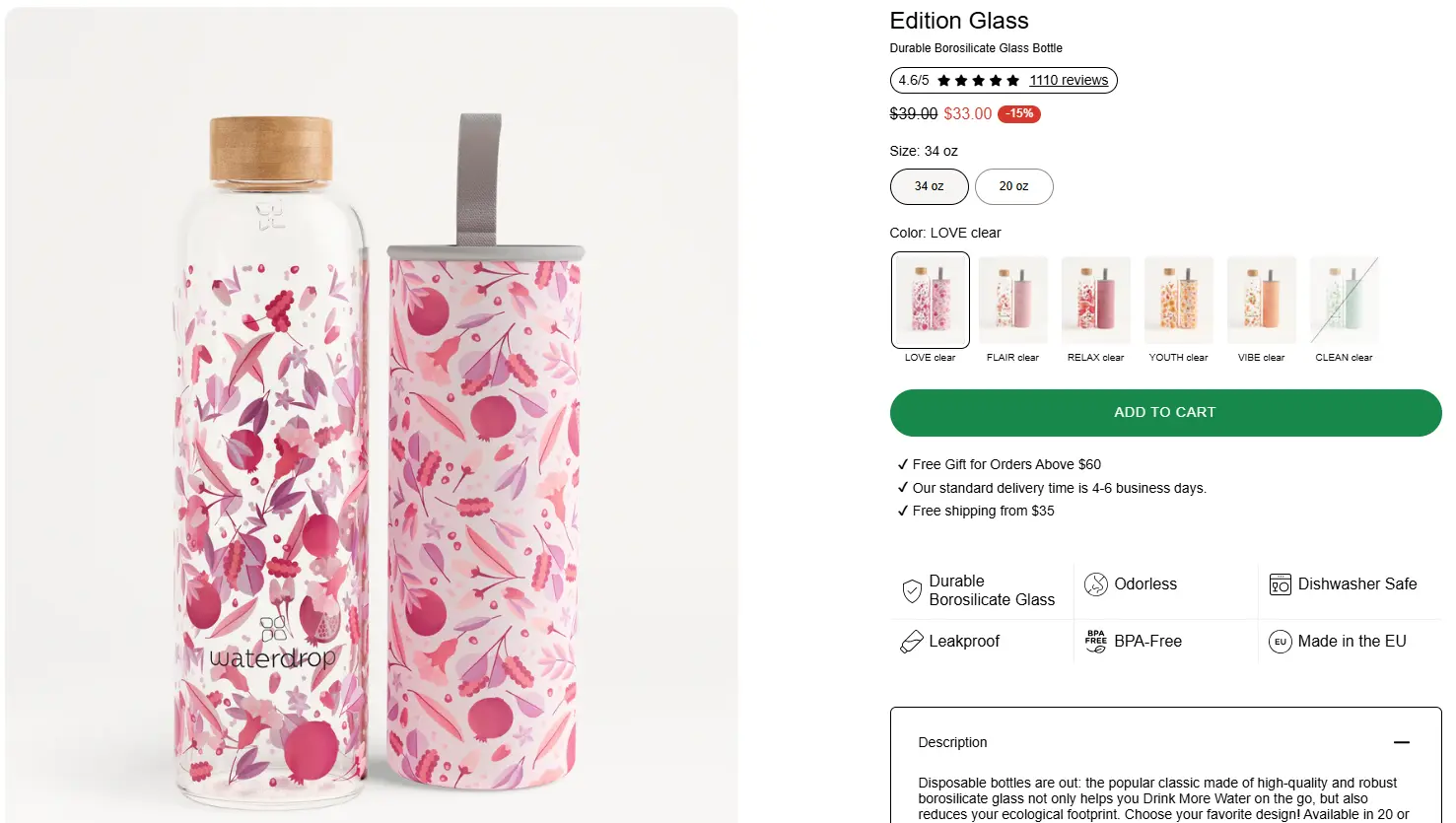
10. Engraved Jewelry
Items like rings, necklaces, bracelets, and earrings have consistent year-round demand, driven by gifting occasions like birthdays, anniversaries, Valentine’s Day, holidays, and weddings.

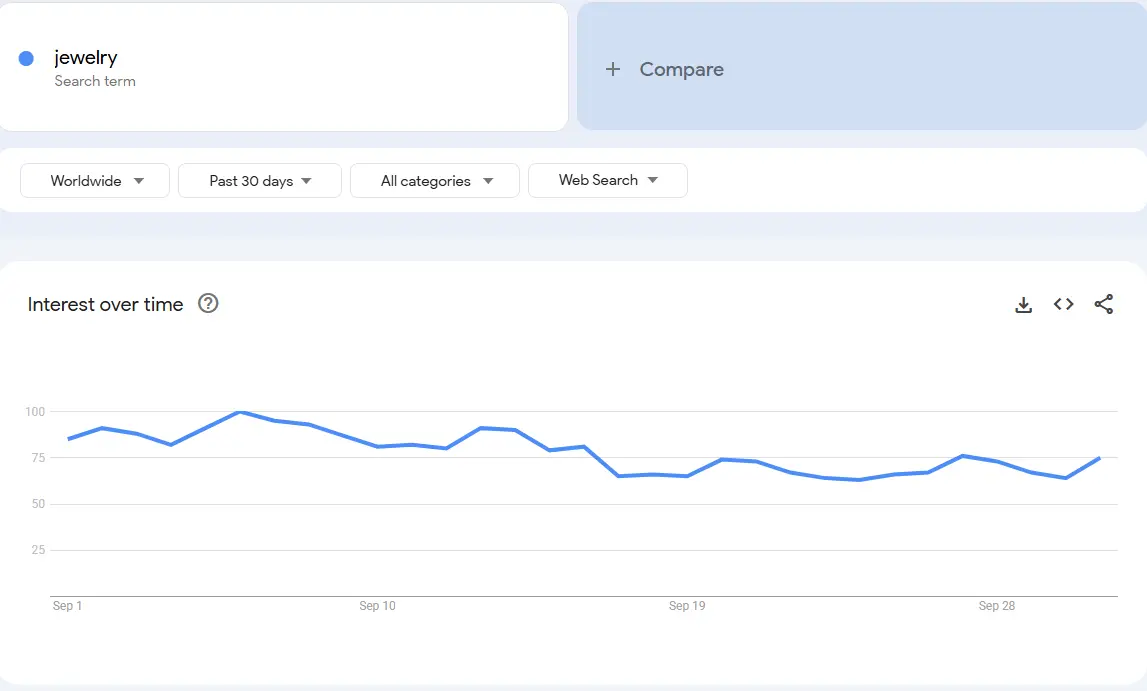
Personalized or engraved jewelry has even strong appeal because customers are willing to pay extra for items that feel unique and meaningful. can’t be “printed” in the traditional sense.


In POD, jewelry is generally a mid- to high-ticket item. Supplier prices of stainless steel, gold-plated, or silver-plated options typically cost $15–$35, while retail prices can range from $40–$80 or more. This gives sellers an estimated profit margin of 40–55%, making it one of the more profitable POD categories.
How to Start a POD Business in 2025?
Starting a POD business is easier by following these solid steps:
Step 1: Pick Your Niche
A POD niche is the specific audience or category your products are designed for—for example, yoga enthusiasts, cat lovers, gamers, or eco-conscious consumers.
A good POD niche isn’t just about copying what’s popular—it’s about choosing a category with the right balance of demand and competition. For new sellers, the ideal POD niche should be: 1) Low-to-medium competitive – not so saturated that you’re lost among thousands of sellers, and 2) Still have a good demand.
A smart starting point is to look at your own hobbies, interests, or areas of expertise. When you already understand the audience, customer behavior, and what a best-selling product should look like, you'll avoid the long learning curve and create designs that resonate immediately.
Step 2: Choose Your Products
In POD, the best products are those that perform well in a print-on-demand model, meaning a best seller product in retail doesn’t guarantee the same success in POD.
Most best-selling products share three key traits:
Design-friendly. Whether it’s a t-shirt, mug, sticker, or cushion, the product should be clean on surface, good-shaped, bigger enough, and easy to print to perform well in POD.
High-profit potential. A strong POD product allows sellers to maintain a healthy profit margin (typically 40–60% or more) while still being attractive to customers.
Consistent demand. Year-round demand ensures that you can generate repeat sales and steady revenue.
In short, when choosing a POD product, focus on items that are easy to design, profitable, and in consistent demand. Combining these three traits increases the chances your product will become a best-seller in your niche and allows you to scale your POD business sustainably.
Step 3: Design Your Products
In print-on-demand, design is everything. A strong design can boost clicks, conversions, and total sales, while a weak or irrelevant design can make even a trending product fail.
Here are some popular free to low-cost graphic design for non-artist sellers:
Canva. Beginner-friendly, with ready-made templates for t-shirts, mugs, and more.
Placeit is great for product mockups and easy customization.
Adobe Express is the simple version of Adobe Illustrator for non-designers.
And GIMP, which is a free, open-source alternative to Photoshop.
Here’s your catch: The good POD product is designed to sell. So as a seller, what matters more is knowing what your customer will want to buy and tailoring your designs to meet that need. With the right tools and mindset, a well-targeted design can turn even a basic POD item into a best-seller.
Step 4: Set Up Your POD Store
While there are many selling platforms available, Shopify is often the top recommendation because it balances simplicity and functionality. Its user-friendly interface, reasonable subscription fees, and access to apps that automate inventory, fulfillment, and marketing make running a POD business much easier.
Other options include:
- Etsy – a great option for handmade and niche items, particularly if you want to start with a smaller, creative-focused audience.
- WooCommerce (WordPress) – flexible and scalable, but requires more setup and technical know-how.
- BigCommerce – similar to Shopify but with fewer POD-focused integrations.
A fully functional POD store doesn’t stop at the platform choice; it also requires professional product pages with high-quality images and detailed descriptions, integrated payment and shipping systems, and clear policies for customer service.
When these elements are in place, you create a smooth shopping experience that encourages repeat purchases and grows your POD business steadily.
Step 5: Promote Your Brand
Here’s the truth: Paid advertising is the quickest way to promote your new POD business. It means organic marketing can totally work but it takes time, a new store with no audience or reputation won’t appear in search results, market listing or social feeds without paid promotions.
If you can’t wait, let’s switch to paid ads. Ads on Facebook, TikTok, Instagram, or Google let you target the right people, showcase your products, and generate orders immediately, giving you both revenue and insights on what designs perform best.
How to Make a POD Product Profitable?
Products that generate consistent net profit and high engagement from your target audience are your true winners. And those products only reveal themselves after careful testing and monitoring.
For sellers who want faster and more precise insights, TrueProfit is a highly useful tool. It provides Shopify sellers with real-time data on net profit, taking into account all costs involved in selling a product.
By using TrueProfit, sellers can monitor which products are performing well and which ones need adjustment, helping you make data-driven decisions on testing and faster identification of the true winners in your store.
Final Thoughts
The print-on-demand industry in 2025 is filled with opportunities, but the right product choice matters. Start with bestsellers like mugs, tote bags, t-shirts, phone cases, and more, then test, track, and optimize your designs. With the right tools and strategies, even a single winning product can turn your store into a sustainable business.
Leah Tran is a Content Specialist at TrueProfit, where she crafts SEO-driven and data-backed content to help eCommerce merchants understand their true profitability. With a strong background in content writing, research, and editorial content, she focuses on making complex financial and business concepts clear, engaging, and actionable for Shopify merchants.

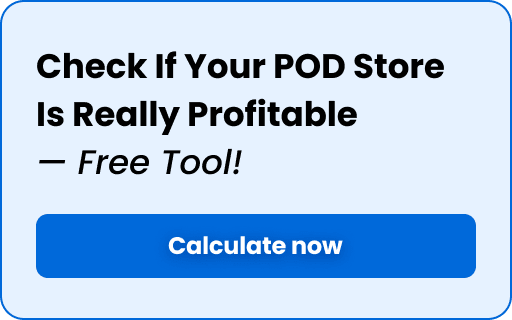

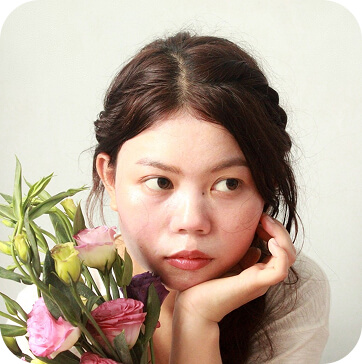
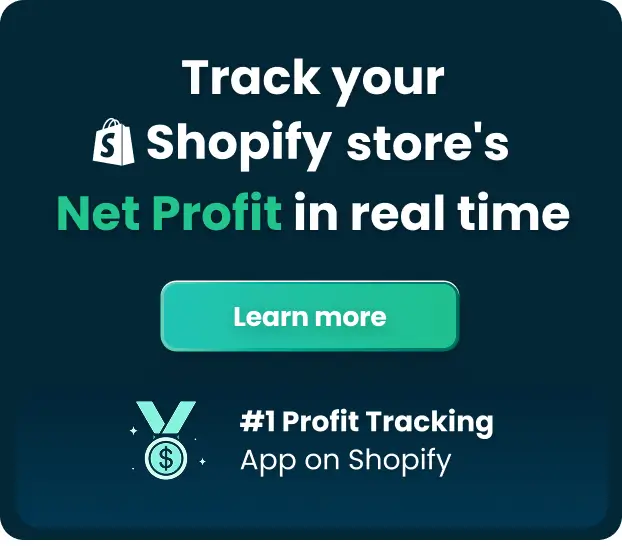
 Shopify profits
Shopify profits